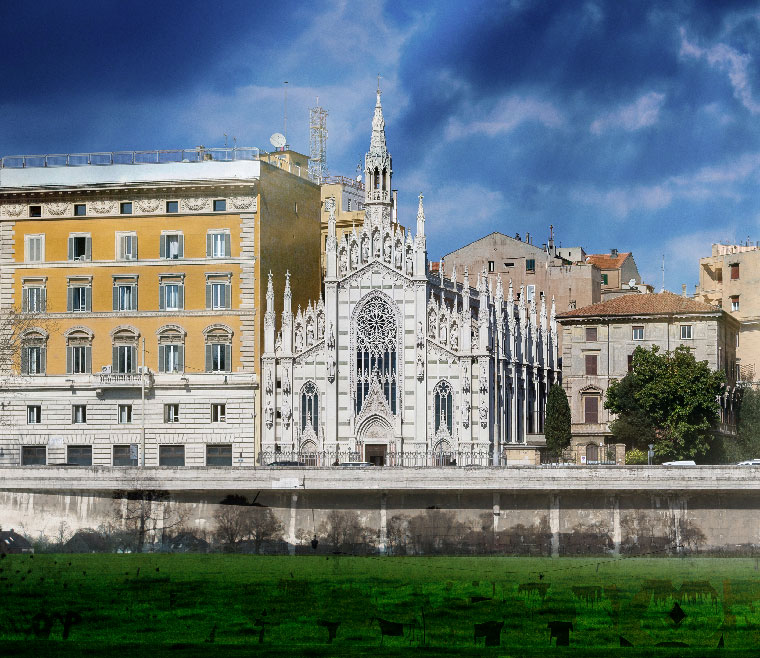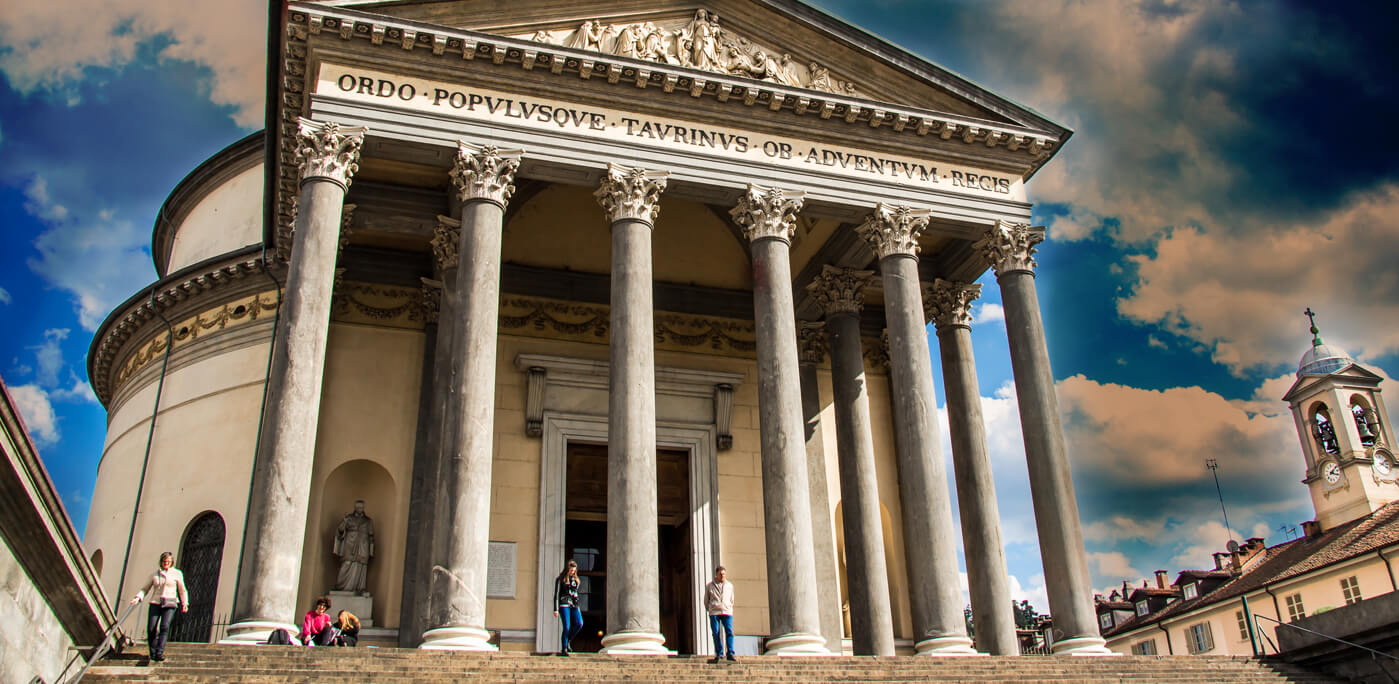I’m a creature of the dark. No, nothing vampiresque or witchy in my statement, I just, quite simply, am naturally attracted to all that’s mysterious and saturnine. A victorian soul, if you will, charmed by the history of the unexplainable and by its melancholic mood.
If you’re anything like me, you may seek after that particular atmosphere when you pick a book to read or a movie to watch. And what about trips? Yes, travels too, at times, must involve a hint of the supernatural: the catacombs when in Paris, Gettysburg and Salem when in the US. You may not be aware, though, that Italy has a lot to offer to paranormal thrills’ seekers, as the places explored below will demonstrate.
Brace yourself for a quick – but chilling – voyage through Italy’s most haunted locations.
Piedmont: Turin, the city of the Devil
The ties between the Piedmontese capital and the occult go back in time and history. It’s said it was founded at the confluence of two rivers, the Po and the Dora, to exploit the paranormal energy associated with water, which notoriously represents a portal between the seen and the unseen.
Soon enough Turin became known as a fulcrum of both black and white magic: it’s part of the former’s world triangle, along with London and San Francisco, as well as the latter’s, with Lyon and Prague.
Paranormal lovers can find enigmatic locations all over the city, some standing above all others: the Gran Madre di Dio’s church is said to have been built where, for millennia, pagans – including the Romans – had edified their own temples. Believers say proof of the pagan origins of this very much catholic church is demonstrated by an architecture resounding with Classical accents, and by the evidently pagan features of the statues adorning its façade.The same statues are linked to another mystery, that is, the presence of the Holy Grail, itself associated to the fact Turin is home to the most mysterious of all relics, the Holy Shroud. The statue standing on the left hand side of the church, which incidentally holds a cup in its hand, is said to look towards the very place where the Grail should be hidden.
The darker secrets of Turin, however, are held in beautiful Piazza Statuto, once upon a time place of death and grievance, where executions would take place.
The obelisk adorning the square is said to mark nothing less than the entrance to Hell itself. Even the sculptural complex of the fountain at its centre is believed to represent not the creation of the Fréjus tunnel as commonly known, but rather a bunch of damned souls idolizing their angel: Satan.
Last but not least, Piazza Castello, real heart of Turin, is believed to have been built upon the “grotte alchemiche,” the alchemic caves, impossible-to-find caverns where all your thoughts, desires and, alas, fears become true. Apparently prince Umberto of Savoia managed to reach the first of them and, once there, thought about its biggest fear, being assassinated. He was killed only a handful of days later.
Veneto: Poveglia, the Island of Lost Souls (and Vampires)
Things changed when it was turned in a defensive post during the war between Venice and Genoa in the 14th century. Once it lost its military relevance, Poveglia was left empty and desolated, only to become populated again when, at the end of the same century, the plague hit Venice and the island became dumping ground for the infected and their corpses.
Recent archaeological works found that more than 160.000 people were buried there in mass graves, a number hinting at the tragedy of those years and enough to make of Poveglia a very spooky place, indeed. There’s more, though: one of the skeletons, that of a woman, was found with a heavy brick stuck in her mouth. Here comes the frightful part: historians maintain it was a common medieval practice to place large stones or bricks in the mouth of those dead believed to be vampires. Here’s Poveglia for you: a large cemetery island, home to the bones of a 14th century blood sucking woman.
Lazio: Rome’s Sacro Cuore del Suffragio and its Museum of Souls

The next time you’re in Rome, head to the Prati neighborhood and look for the chiesa del Sacro Cuore del Suffragio, a small neo-gothic church dedicated to Jesus’ Holy Heart.
What lies within is not frightening, but certainly unsettling to most: a museum of souls. Yes, you read it right: the church’s sacristy hosts the Museo delle Anime del Purgatorio (the Museum of Purgatory’s Souls), which collects objects bearing the touch of dead people’s souls.
After a fire destroyed a chapel in the church, its archpriest, father Victor Jouët, found what he believed being the image of a soul charred upon a wall. In his understanding, the soul had been dwelling in Purgatory and tried to get in touch with this world by impressing its effigy on the wall: he was so intrigued by the idea that he began collecting objects with similar marks and stories, today all kept in the museum. Part of this peculiar collections are items of clothing, prayer books, money, all bearing supernatural signs left by the souls of those awaiting resurrection in Purgatory. The museum is open every day and is free.





























